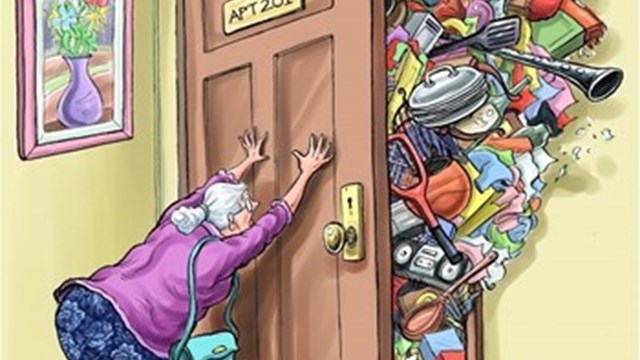
Q. When we bought our condo, it was a “no pets” property, but over the years, a number of “service animals” have taken up residence. There are a couple of owners who allow their animals to use common areas of the property as bathrooms, with no regard for other residents. Apparently, the concept of “no pets” has gone away with the proliferation of service or support animals, but can we restrict where the animals are allowed to go? It seems there’s nothing in our bylaws about this, because the initial plan for the property was that pets would not be allowed.
—Watching My Step
A. “The Federal Housing Act requires ‘Housing Providers’ to accommodate those residents with disabilities which affect a major life activity,” says Cameron Merrill, associate at Merrill & McGeary in Boston. “HUD’s definition of disability includes mental disabilities such as ‘anxiety’ and ‘depression’ and almost any aspect of life is a major life activity including “walking, seeing, hearing, speaking, breathing, working, learning, performing manual tasks, socialization and caring for oneself”. Condominium Associations are ‘Housing Providers’ and it is illegal for Boards to discriminate against those with disabilities.
“The Federal Fair Housing Act trumps all Condominium Rules and Regulations. Pursuant to the Federal Housing Act, if a medical provider indicates in a letter a person is disabled and requires an Emotional Support Animal (ESA) to mitigate his/her disability, or even two ESAs, then the board must approve the pet or face claims of discrimination which may lead to administrative actions where the board, if found to have discriminated, may be faced with substantial legal fees and punitive damages and required discrimination training for the board members and property manager.
“Even though ESAs must be allowed if the Fair Housing Act conditions are not met, the board may adopt Rules and Regulations to govern the ESA’s conduct and the resident’s conduct. These could include no excessive noise or barking, no biting of people or animals. The owner must pick up after the pet and be responsible for its conduct. However, the board cannot mandate, for example, the ESA’s use of a separate elevator or separate entrance or exit; the idea is the ESA owner should be able to go where all other owners without pets enter and exit. For that reason, the ESAs and their owners cannot be restricted to certain areas of the condominium’s property.”









Leave a Comment